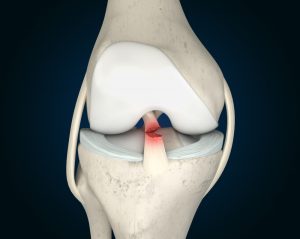What does it mean when I have more pain on sitting? We see a lot of clients who come in and tell us about their back pain and the issues that it causes, often sciatica being one of them, which is shooting pain, pins and needles or numbness down the backs or fronts and side of the leg.
We always ask what makes it worse and what makes it better and you can almost diagnose the problem just from how someone is functioning. Not all the time.
So a lot of the time we hear people talking about chronic back issues which fluctuate over periods of 10 to 20 years and how the frequency changes over time until they’re happening every month or in some cases even every week and people say to us, “I just bent over and lifted up a briefcase,” or “I was washing my hair in the shower and my back went into spasm as soon as I got out,” which is not uncommon due to increased instability in the base of the spine.
It will cause the body to lock into spasm and don’t forget a spasm is a protective mechanism so the body protects those integral structures like the disc and the spinal column in order for everything to function well. Gradually your body relaxes and you stop doing the things you were doing, take it easy. The spasm releases and the whole cycle can perpetuate.
Offer: Book a free consultation with West Chiropractic >
Standing Up Causes Me More Pain
So when someone says to us, “I have more pain when I am standing up,” often it means the base of the spine is being loaded more intensely, which can often be due to a spinal subluxation or a misalignment and this is often where the facet joints, these are the joints either side of the vertebra, getting locked up, and that can cause problems or referrals down the back of the legs. Not to be confused with sciatica because the facet joint also refers pain down the back of the leg.
Sitting Down Causes More Pain
People often say that “When I’m sitting or crunching forwards, that’s when my pain is at its worst,” and often that means that there’s more of a disc element to the back pain and the discs are the cushions between the base of the spine. So when this happens, it’s really important to try to avoid flexion because the disc can start to bulge out the back and then press on the nerves, causing sciatica and chronic back issues.
Offer: Book a free consultation with West Chiropractic >
What Is The McKenzie Method
So if you do find this, try and keep yourself nice and upright. There is a wonderful method called the “McKenzie Method” which is a complex method. However in a nutshell, they would advise you to move away from the pain. Repetitions of 10 in order to restore the normal movement through the back. If you want more information about this, please give us a call.
When lying down, if the pain goes away this could be facet or disc involvement. So it can often mean the pressures come off the disc, all the facet joints, all the bones and the muscles will start to relax. So lying down on the back can also be a really nice way to take any pressure off the back.
We find whenever anyone has lower back issues, we ask them to lie down with their knees bent or with a cushion underneath their knees just to take the load off the back. This is a lovely way just to let everything settle down. The vertebral body can start to relax and take the pressure off the ligaments.
So if you are struggling, try that. But I would avoid those extreme ranges of movement. So that full flex forwards, like touching your toes, that full extension backwards, like a cobra pose in yoga, if you don’t want to stress the ligaments to their maximum, it’s very, very subtle movements in the other direction of the pain and will help restore that normal movement through the spine.
So take it very gently. Nice, long, deep breaths in when you’re moving, especially when you’re in a spasm. The best thing is to keep on moving. But you need to make sure that you’re doing it very gradually, very gently in order to prevent more damage happening.
If you would like to have a chat with us contact us here >


